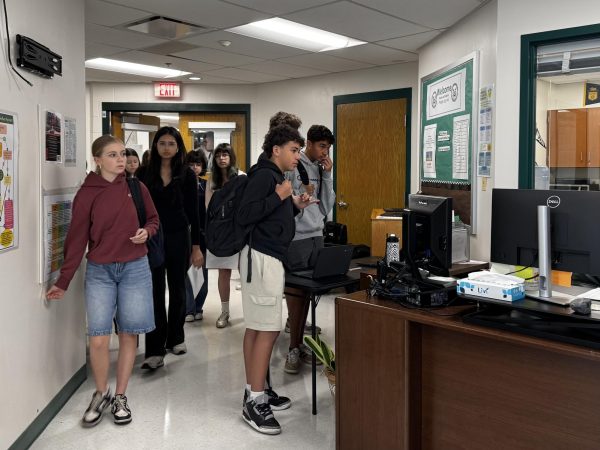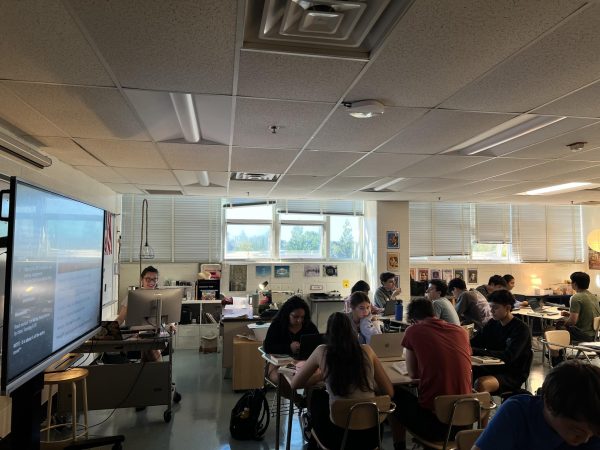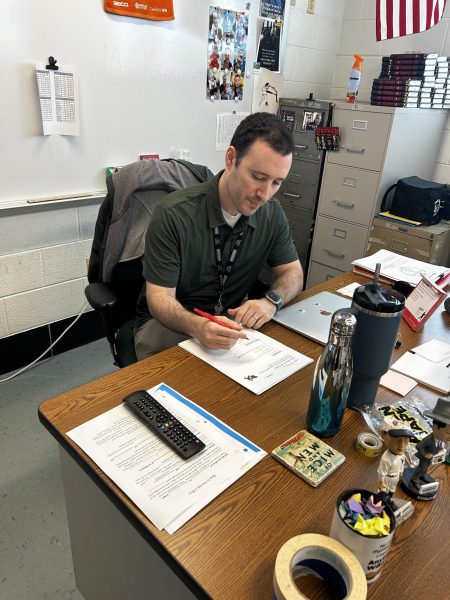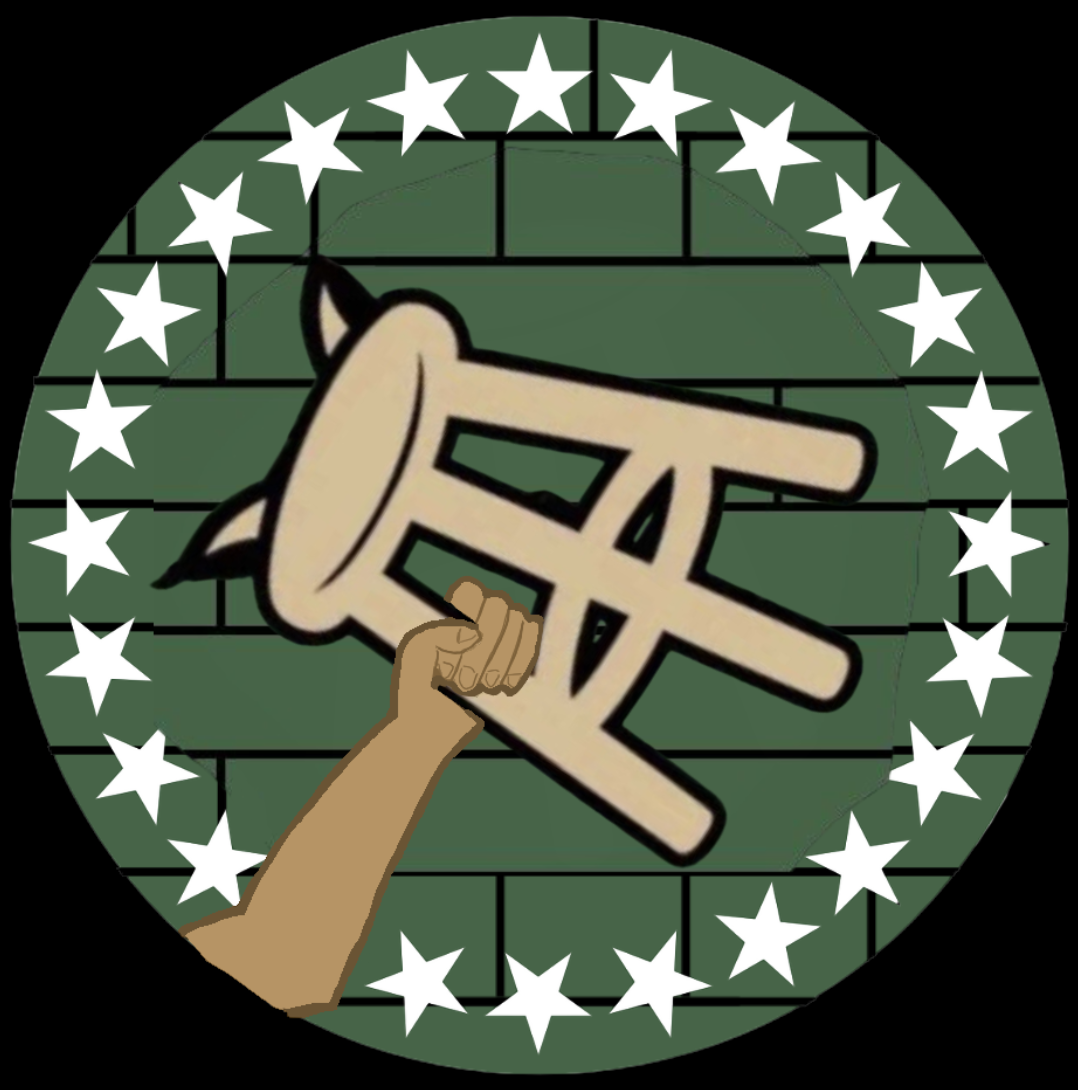“Rosetta” Probe Makes Historic Comet Landing

Photo Courtesy of the European Space Agency on Wikimedia Commons
This artist’s impression of the Rosetta orbiter shows it deploying the Philae lander to comet 67p. The image is not accurate to scale.
Nov 20, 2014
On Wednesday, Nov. 12, the European Space Agency (ESA) probe Rosetta, along with its lander Philae, settled on a comet 310 million miles from Earth. The spacecraft’s long and difficult journey finally came to an end.
More than 10 years after the spacecraft’s departure from Earth in 2004, the lander achieved a touchdown. Although the lander eventually secured onto the comet’s surface, the mission landing didn’t go quite as the ESA initially intended. The anchoring harpoons, which are used to secure the probe in place, didn’t deploy when Philae made impact on Comet 67p, and the screws meant to burrow into the surface didn’t work either, lander manager Stephane Ulamec told CNN.
Regardless of these minor malfunctions, ESA scientists and executives were ecstatic when the landing was confirmed. A video has been released of the scientists celebrating at the success of their decade-long mission. Although spacecrafts have crashed into comets before, this was the first controlled landing in history, making it a huge accomplishment for both the ESA and mankind at large.
Senior Shaina Rudman said she believes the Philae landing is a huge achievement.
“It’s so crazy that the engineers and scientists were able to design it so perfectly that it could travel in the way that it did and land on that comet. It’s nice to see that after 10 years, and [so much money being spent on the project]… it was able to land successfully and can provide new information to scientists,” Rudman said.
According to the ESA’s Rosetta website, the probe is equipped with an extensive collection of experiments to test and photograph the surface of the comet and study the roasting effect of the Sun. Sensors on the lander will continually measure the density and thermal properties of the surface, while gas analyzers will work to identify complex organic chemicals. Other tests will measure the interaction between the solar wind and comet as well as the influence of the magnetic field. Philae carries a drill that can reach approximately eight inches into the surface of the comet that will collect material for testing.
ESA officials also revealed why the probe’s unique name choices were made. The spaceship itself was named after the Rosetta stone, the famous carved stone found in 1799 covered in hieroglyphics that led to a better modern-age understanding of ancient Egyptian culture and life. The spacecraft lander was named Philae after the island in the Nile River where the stone pillar that helped interpreters decipher the Rosetta Stone was found.
This monumental feat is sure to go down in history as an exciting advancement in human understanding of outer space. As humanity continues to look forward to a deeper understanding of the vast universe, Rosetta will continue to chip away at understanding Comet 67p.


















